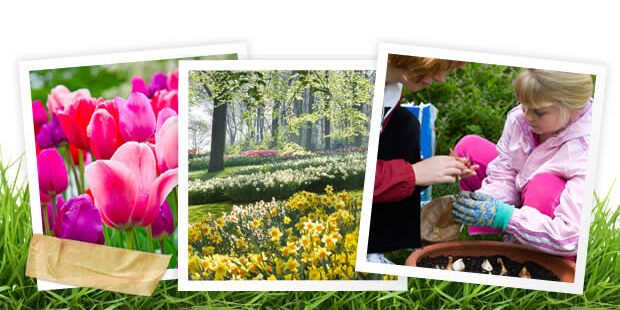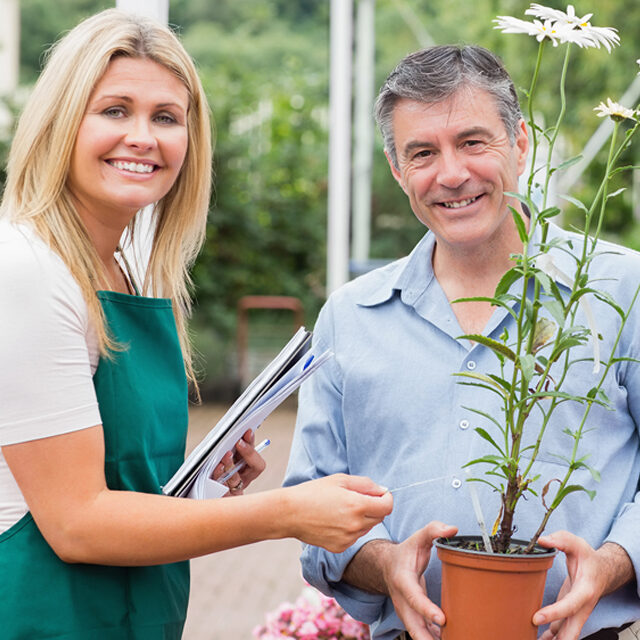5 Tips for Great Bulb Displays

Whether they are naturalised in lawns or planted in pots, bulbs provide the perfect antidote to winter.
There’s nothing quite like the fresh colour of spring bulbs to signal the return of life and the start of a new season. With our Bulb Market now in full swing, here are five tips to help you get the best display for next spring.
1. Go natural
If you are looking to plant bulbs into lawns or under trees, the natural look will always work best. Planting in rows looks artificial, especially in mature or woodland gardens. The secret is to introduce some randomness by scattering a good handful of bulbs across your chosen area and plant them where they land. When they flower the following year, your bulbs will look like they’ve always lived there.
2. Plant for a succession of colour
Bulbs flower from February to May with the general sequence being crocus, daffodil then tulip. There are some varieties that will flower out of sequence and a warm micro-climate can also speed up the succession. It’s not unusual to see container grown tulips in January or February if they are in a sheltered, sunny spot.
Bulbs can be layered into pots to create a lasting display. The secret is to choose varieties that flower in different months and then plant them at their correct depth. Bulbs usually need to be planted at a depth of two and half times the bulb height – the depth for an average daffodil is around 15cm. Plant the largest bulbs first, add some soil then plant the next layer until the smallest are close to the top of the pot. At the end, you will have created a lasagne effect of bulbs.
3. Plant in bulk
When planting in borders, 25 to 50 bulbs will create an impressive display. The secret is to plant to the style of your garden. If your garden has a cottage style then a little randomness in the positioning will allow for a more naturalistic look. If you have a contemporary-architectural garden then planting in blocks or in grids will be more appropriate.
When planting in pots, use 5 to 7 bulbs per layer for medium sized pots and more for larger pots, troughs and containers. Odd numbers will always look more aesthetic on the eye and will ensure a good display of colour.
4. Keep colours simple
With all the variety of bulbs available, it’s easy to overdo it. The most dramatic displays work because they have been kept simple rather than made complicated. When you select bulbs for your garden, stick to two contrasting colours or colours in the same part of the spectrum. Simplicity should be the goal of your design.
The main rule of thumb is to contrast or complement. Yellow daffodils look great against the violets and blues of bluebells. Orange or red tulips also look great when combined with pale blue grape hyacinths. For a calmer complementary scheme, try tulips in gentle hues such as lilac or soft pink against white.
5. Protect from pests
After all your hard work of choosing the right plants and colour schemes, you’ll want to protect your investment. Bulbs can be a source of food for hungry squirrels and foxes over a lean winter. The best way to deter them is by using sprigs of holly planted into the soil. Not only will the prickly leaves deter these pests, it will also mark the area in which your bulbs are planted so they don’t get disturbed when you’re weeding.

